In the journey towards optimal foot health, addressing calluses plays a pivotal role. Beyond mere cosmetic concerns, callus removal offers a range of benefits that extend to overall foot well-being. Join us as we unravel the layers of foot healthcare basics, shedding light on the advantages of callus removal, with a spotlight on the expertise offered by Bucksfoot Clinic in Beaconsfield.
Understanding Calluses
Calluses, often found on the soles of the feet, result from repeated friction or pressure. Essentially, they are the body’s defence mechanism, creating thickened skin to protect against irritation. However, when left unattended, calluses can become problematic, leading to discomfort and potential complications.
1. Discomfort Alleviation through Callus Removal
One of the primary benefits of callus removal is the alleviation of discomfort. Notably, calluses can create pressure points, causing pain and discomfort during daily activities. Therefore, by removing the excess layers of skin, individuals experience relief and enhanced comfort in their day-to-day movements.
2. Enhanced Foot Functionality
Calluses can impede the natural flexibility and movement of the foot. In essence, they act as a barrier, limiting the foot’s range of motion. Callus removals facilitates improved foot functionality, allowing for more natural movement and reducing the risk of gait abnormalities.
3. Prevention of Complications
Untreated calluses can lead to complications such as corns, blisters, and even infections. In addition, individuals with diabetes need to be especially vigilant, as calluses can contribute to more severe foot issues. Callus removal serves as a preventive measure, reducing the risk of complications and promoting overall foot health.
Bucksfoot Clinic: Your Partner in Callus Care
Nestled in the heart of Beaconsfield, Bucksfoot Clinic stands as a beacon of specialised care for foot-related concerns. Moreover, their team of experienced professionals understands the nuances of callus removal and its impact on foot health. With a commitment to personalised care, Bucksfoot Clinic ensures that each client receives tailored solutions for their unique needs.
4. Expert Consultation and Diagnosis
At Bucksfoot Clinic, the journey begins with expert consultation and diagnosis. Essentially, their team employs state-of-the-art diagnostic techniques to assess the severity of calluses and identify any underlying issues contributing to their formation. This precision allows for targeted and effective callus removal strategies.
5. Tailored Callus Removal Plans
Recognizing that one size does not fit all, Bucksfoot Clinic develops personalized callus removal plans. Furthermore, these plans take into account the individual’s lifestyle, foot structure, and any contributing factors to ensure a comprehensive and effective approach to callus care.
Callus Removal Gel
When it comes to removing calluses, the market offers a variety of products designed to facilitate safe and efficient removal. Among these, callus removal gels stand out as a popular and effective option. So let’s explore the benefits of callus removal gel and its role in achieving smooth, callus-free feet.
- Quick and Efficient Solution
Callus removal gels typically contain active ingredients that break down tough, thickened skin quickly and efficiently. This results in a faster and more convenient solution compared to traditional methods, providing relief from discomfort in a shorter time.
- Hydration and Softening
Many callus removal gels are formulated with moisturising agents that hydrate and soften the skin. This dual action of exfoliation and hydration not only aids in callus removal but also promotes overall foot skin health.
- Precision Application
The gel form allows for precise application on targeted areas, ensuring that only the affected areas receive treatment. This precision is especially valuable when dealing with specific callused spots without affecting the surrounding healthy skin.
- Minimising Discomfort
Callus removal gels are designed to minimise discomfort during the removal process. The formulation often includes soothing ingredients to ease any potential irritation, making the experience more comfortable for the user.
- Convenient for Home Use
With the availability of callus removal gels for home use, individuals can address calluses in the comfort of their own space. This convenience encourages regular use, contributing to ongoing foot care and maintenance.
There are various other products you can use to help with callus removal and foot care such as:
- Pumice Stones:
- Natural exfoliators are effective in removing dead skin and calluses.
- Abrasive texture promotes smoother skin.
- Regular use, especially during foot soaks, aids in ongoing callus maintenance.
- Foot Files:
- Available in manual and electronic forms for hands-on foot care.
- Gently removes dead skin and calluses.
- Varying grits offer different levels of exfoliation.
- Electric Callus Removers:
- Battery-operated devices for swift and efficient callus removal.
- Adjustable settings for controlled exfoliation.
- Convenient for at-home use, providing a quick solution.
- Foot Creams and Moisturisers:
- Hydration-focused products for complementing callus removal efforts.
- Ingredients like urea, shea butter, or lactic acid for effective moisturization.
- Callus Cushions and Pads:
- Adhesive products provide relief and protection to existing calluses.
- Distributes pressure evenly, reducing discomfort and preventing irritation.
- Ideal for use in shoes, offering comfort during daily activities.
- Salicylic Acid Products:
- Commonly found in callus removal products to soften and exfoliate the skin.
- Available in pads, patches, and creams for varying preferences.
- Foot Soaks and Scrubs:
- Epsom salt foot soaks and exfoliating foot scrubs as indulgent yet effective additions.
- Softens calluses, making them easier to remove.
- Regular use contributes to overall foot health.
- Orthopaedic Insoles:
- Designed for foot support, playing a preventive role in callus formation.
- Helps distribute pressure evenly across the foot.
- Choose insoles based on your specific foot arch and structure.
Conclusion
In conclusion, the benefits of callus removal extend beyond mere aesthetics. Ultimately, it’s about promoting comfort, preventing complications, and enhancing overall foot health. With the specialised care provided by Bucksfoot Clinic in Beaconsfield, individuals can take confident steps towards healthy, callus-free feet.
Ready to prioritise your foot health? Schedule a consultation with Bucksfoot Clinic, where expertise meets personalised care. Visit our website to learn more.
FAQ
Does the process of callus removal cause pain?
When performed by a skilled professional, callus removal is generally not painful. At Bucksfoot Clinic, we prioritise your comfort throughout the process.
How often should I seek callus removal?
The frequency of callus removal depends on individual factors. Our experts at Bucksfoot Clinic will guide you based on your specific needs.
Can I perform callus removal at home?
While some at-home methods exist, professional callus removal is recommended for effective and safe results. DIY attempts may lead to complications.
Are calluses a sign of an underlying foot condition?
Calluses can be indicative of various foot issues. Our team at Bucksfoot Clinic conducts thorough evaluations to identify and address any underlying conditions.
Does callus removal result in instant relief?
Many individuals experience immediate relief after callus removal. However, the extent of relief may vary based on the severity of the calluses.
Is there a possibility of calluses returning after they have been removed?
Without addressing the root cause, calluses may reoccur. Bucksfoot Clinic focuses on comprehensive care, including preventive measures, to minimise recurrence.

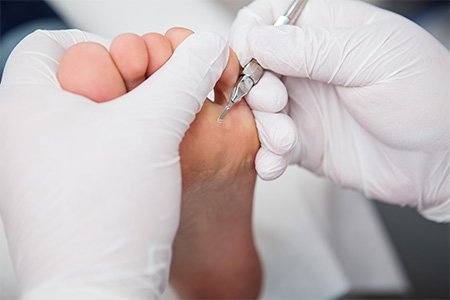

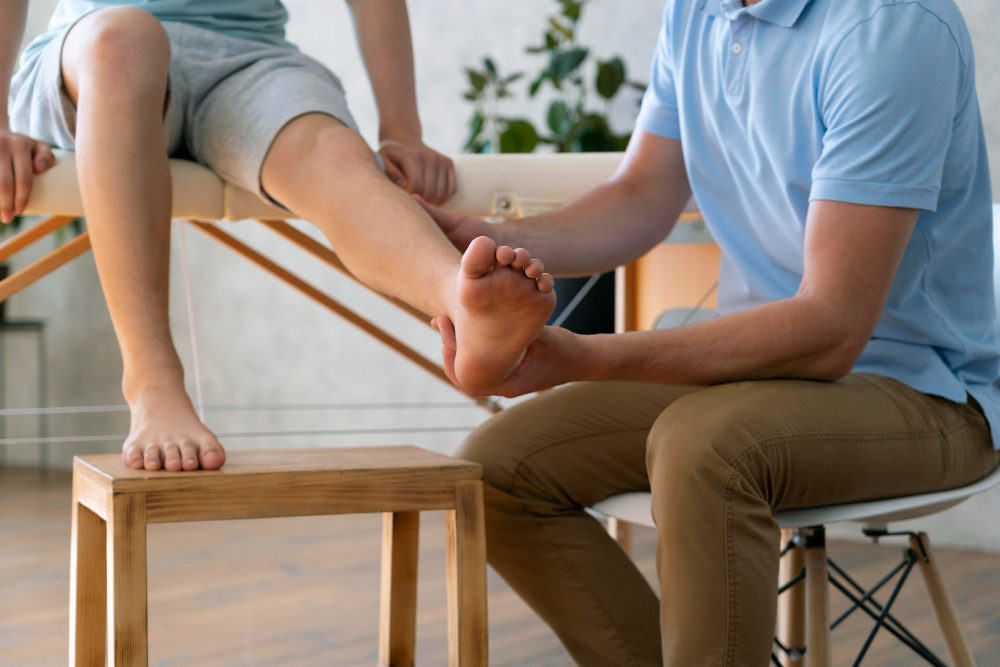

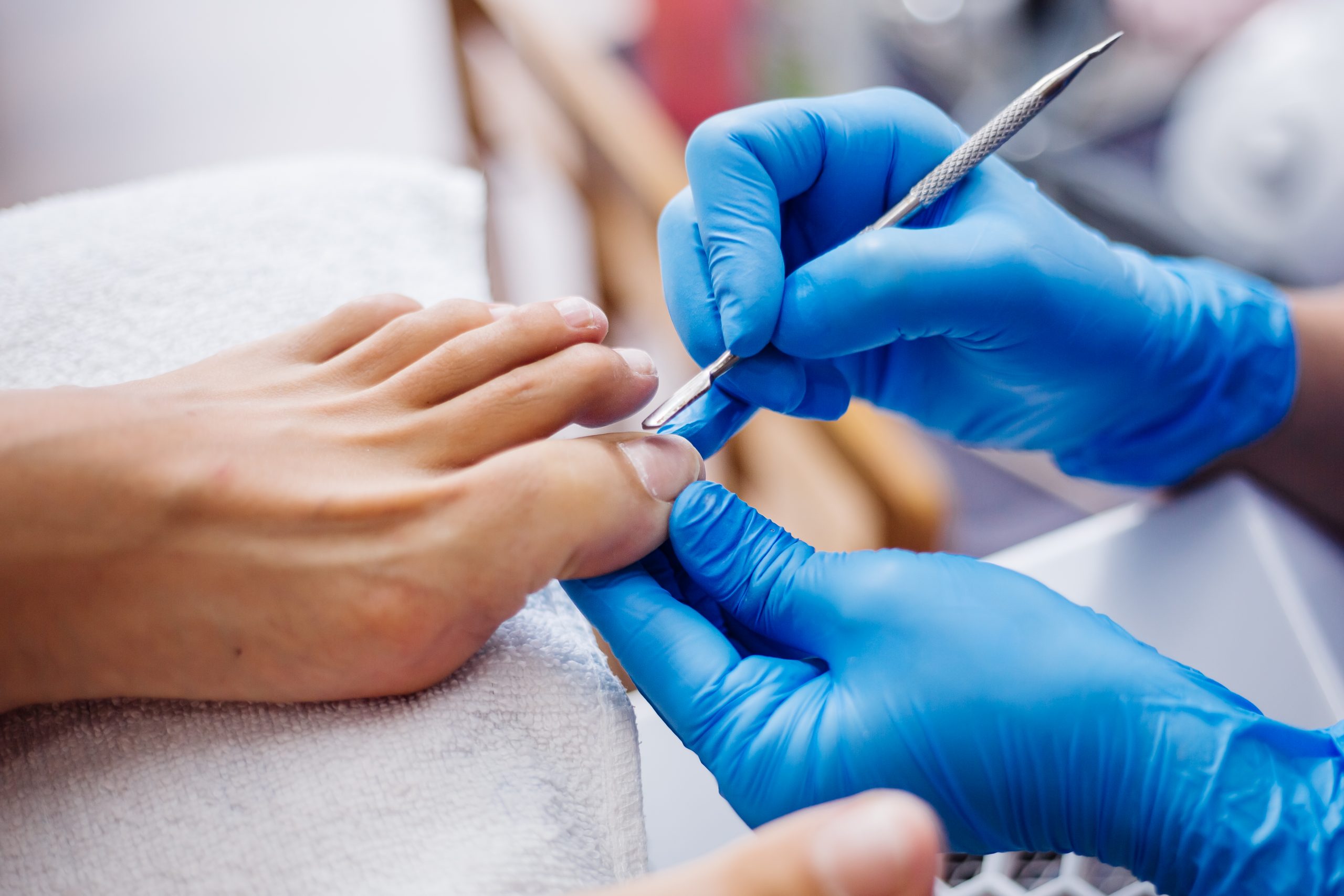



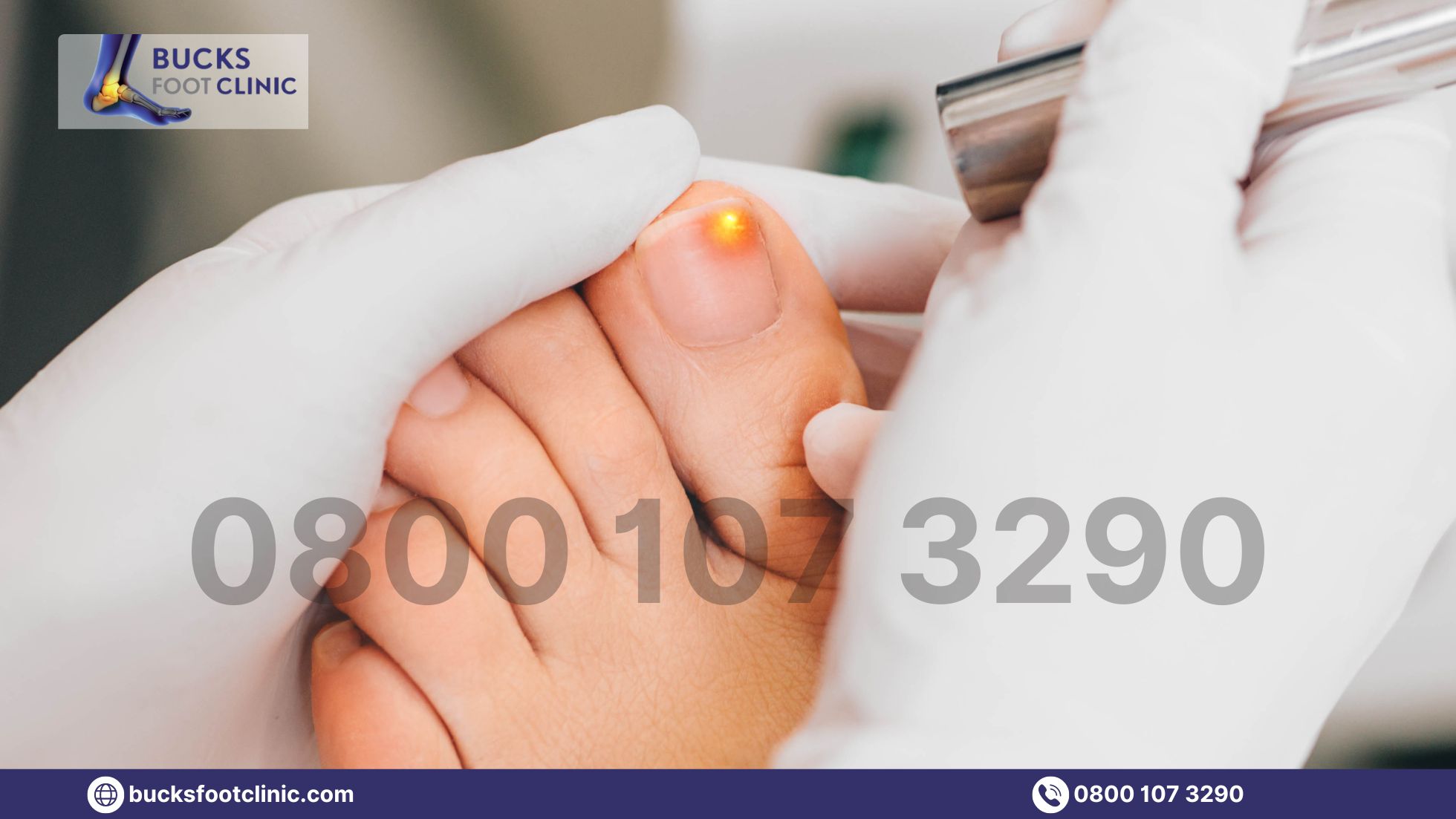
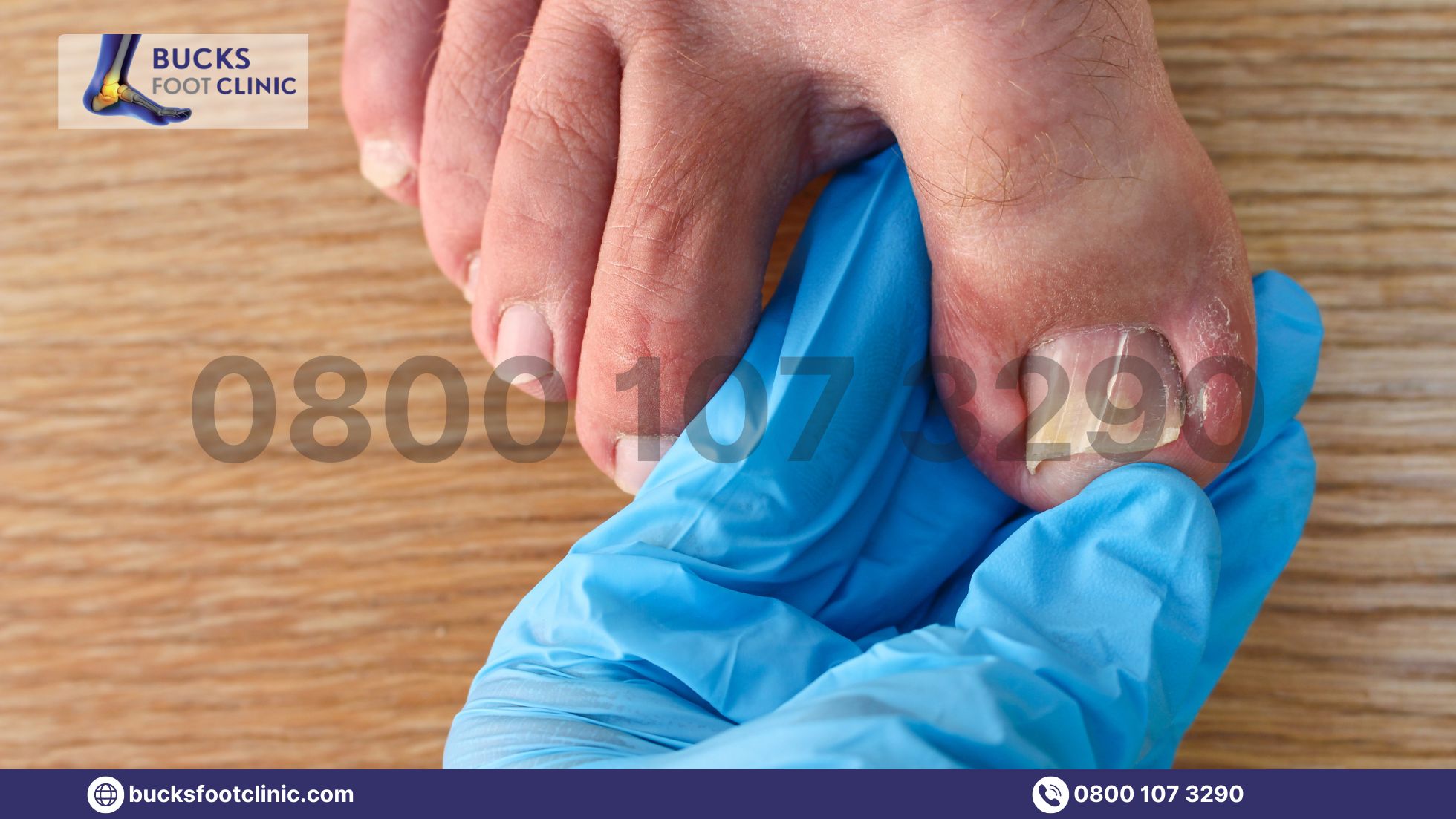
Recent Comments